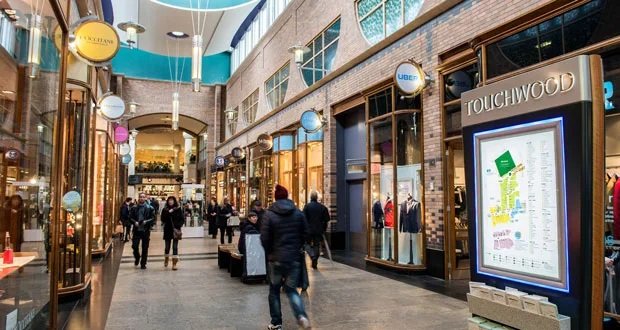Return of the good times?
Passenger numbers at European airports have more than doubled in July 2021 compared to July 2020, but compared to the high hopes of the spring, it has been a disappointing summer. We have had a limited (and uncertain) choice of destinations combined with inconsistent, confusing, and costly requirements around testing and quarantine resulting in a rather subdued recovery.
However, the last few weeks have given further cause for optimism with several announcements that restrictions are being eased: the reduction of the red list in the UK and further afield, the opening up of Singapore, Australia and America.
The negative impact on reduced passenger numbers on non-aero, and specifically retail and F&B revenues has been widely documented with total turnover being decimated by the loss of passengers. However, the spend per passenger at some airports has actually increased (up to 10-15% in some cases) beyond pre-pandemic levels.
What has caused this increase and can the new levels be maintained as passenger numbers recover? And does it signal an end to the slow decline in passenger spend, and a return to the good times for airport retail?
Whilst spend differentials and the drivers behind them will vary considerably by market and airport, there are a multitude of reasons that could potentially be driving increases where they have occurred, such as:
Lower overall flying frequency
With this summer likely being the first or second trips since the initial lockdowns, passengers are releasing pent up demand, displaying a strong appetite to indulge, purchase treats and gifts, and replenish consumer goods. This is not limited to airports as has been demonstrated by the high spend in physical retail on the high street when restrictions were eased in the UK earlier this year.
How long it will take for the pent up demand to be satisfied is unclear, however, as online shopping has become very much more engrained for day to day purchases, in the long term, the airport may offer a great opportunity for passengers to physically interact with brands.
Higher income profile of returning flyers
With additional testing, and potentially quarantine costs, higher income passengers are making up a larger proportion of the very low overall international traffic volumes, and hence typically displaying a higher spend than low income passengers. With restrictions easing and thus additional testing costs dropping, this impact may also be reduced in the medium to short term, however the long-term effect on ticket prices has yet to be seen.
Increased dwell time
With the implementation of time-consuming health passport and Covid-related checks, people are spending more time at the airports, and have more time to spend. However, this is also countered by more time being spent in operational procedures, which can constrain dwell time in the retail areas. It is likely that regional variations in health check requirements will continue for quite some time, thus creating uncertainty for travellers, particularly when travelling from less unfamiliar airports.
Spacious and unconstrained retail areas
Lower passenger volumes are creating spacious shopping environments, with little or no queues or congestion in retail areas, encouraging spend and reducing disincentives to purchase. The pandemic has however given a few years respite to plan how the departure lounges can be upgraded or expanded.
Unfortunately, many of these would appear to be temporary effects, and as passenger numbers increase, we may see spend per passenger falling back to (hopefully not below) pre-covid levels. Whilst the long term operational and processing requirements for travel are still uncertain, for airports to maximise the commercial spend by passengers, the key will be granular, and frequent evaluation of performance and passenger mix, to get an understanding of how their needs and requirements are changing and adapting accordingly.
Frequent and consistent monitoring will also help to potentially identify longer term changes early, allowing longer to consider and implement any future strategies accordingly.
Ed Newton

